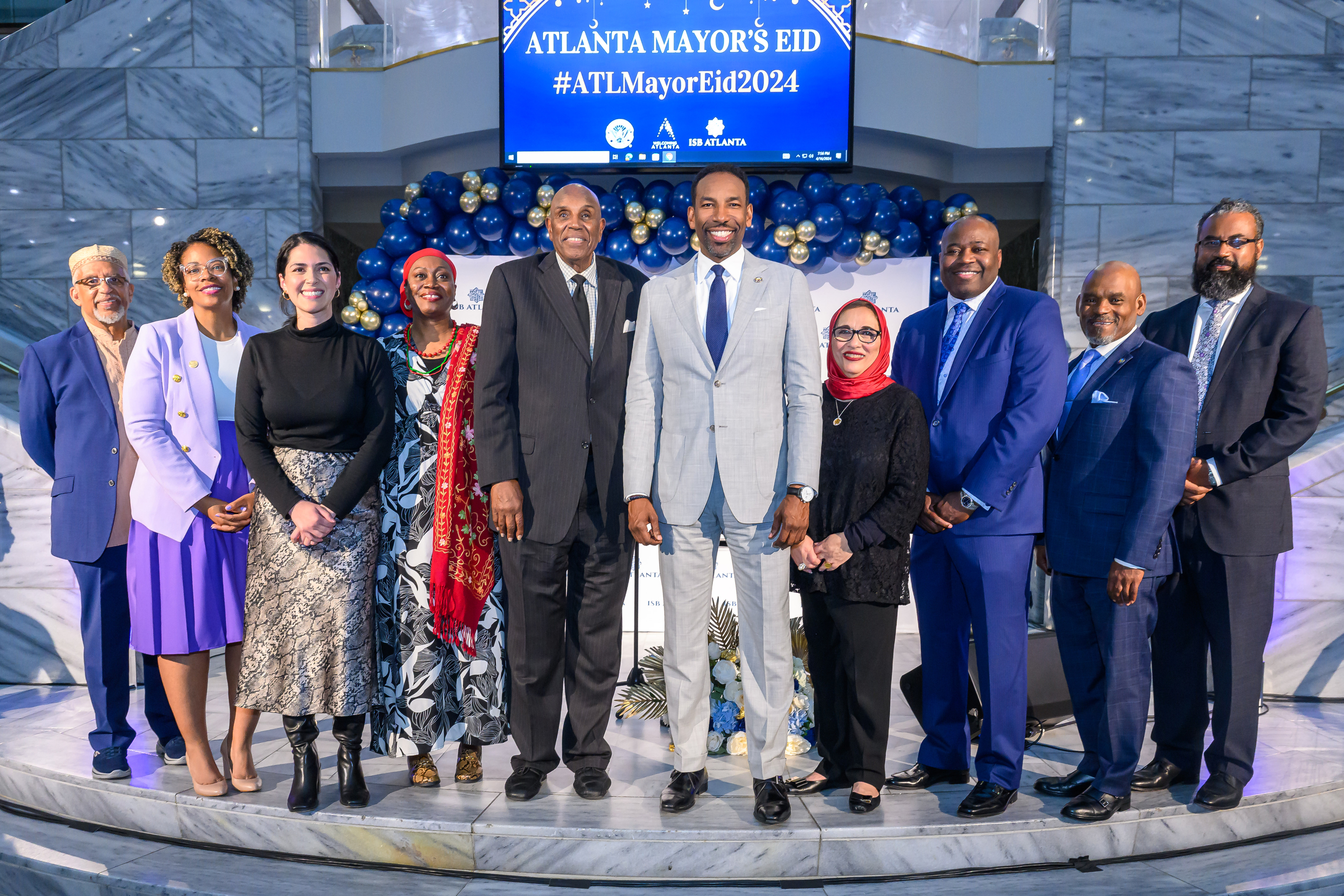As a professional photographer, one of the common questions I often receive from clients is whether they need a second photographer for their event. Most of the time, I must consider needing a second photographer. It’s a valid question that requires careful consideration to capture every aspect of the event beautifully. Let’s dive into some key points when faced with this decision.
1. Assess the Event Schedule: The first question is whether concurrent activities occur throughout the event. Events like weddings with multiple locations or conferences with simultaneous breakout sessions may benefit from having a second photographer to ensure comprehensive coverage.
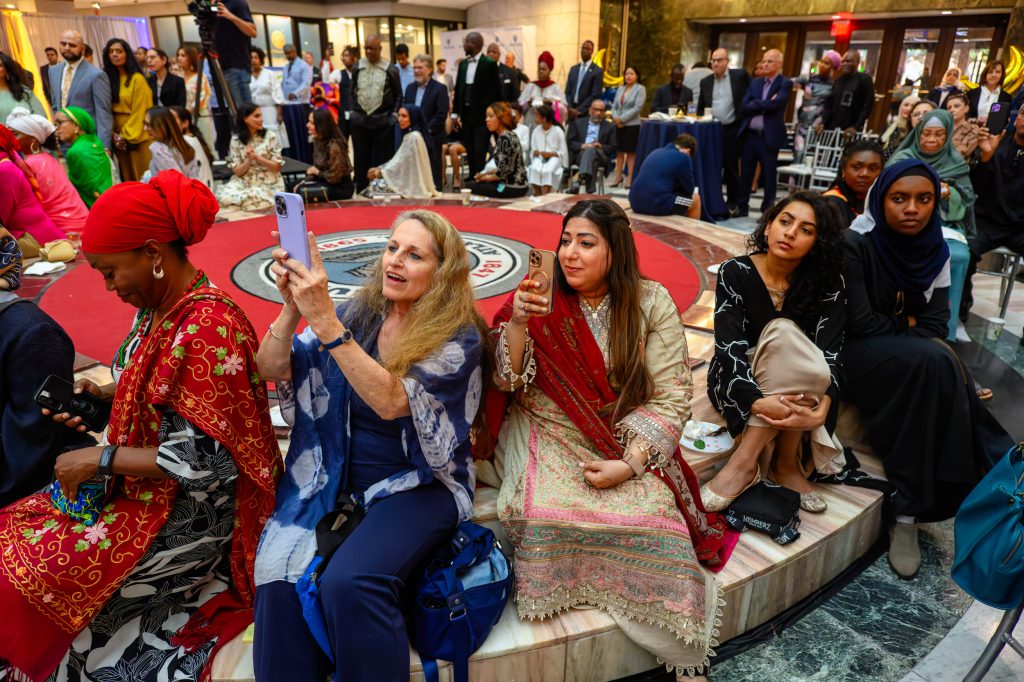
2. Consider the Size of the Venue: The size of the venue can also influence the need for a second photographer. Larger venues may require more ground to cover, making it challenging for a single photographer to capture every moment effectively.
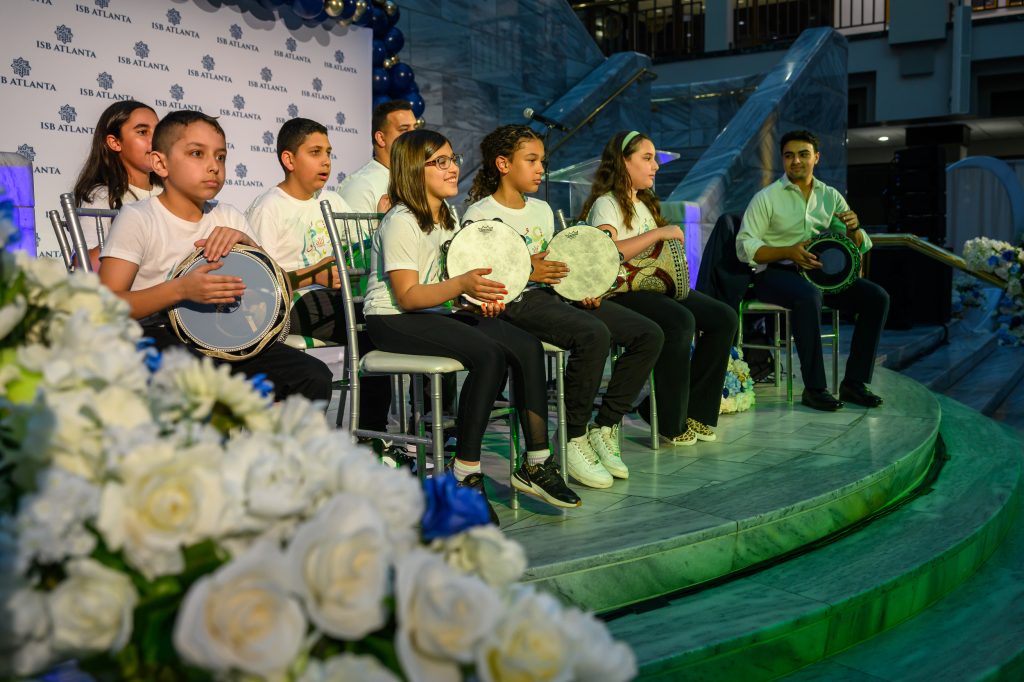
3. Evaluate the Guest Count: Another factor to consider is the number of guests attending the event. Larger guest counts often mean more candid moments to capture, and having a second photographer can help ensure that no moment is missed.
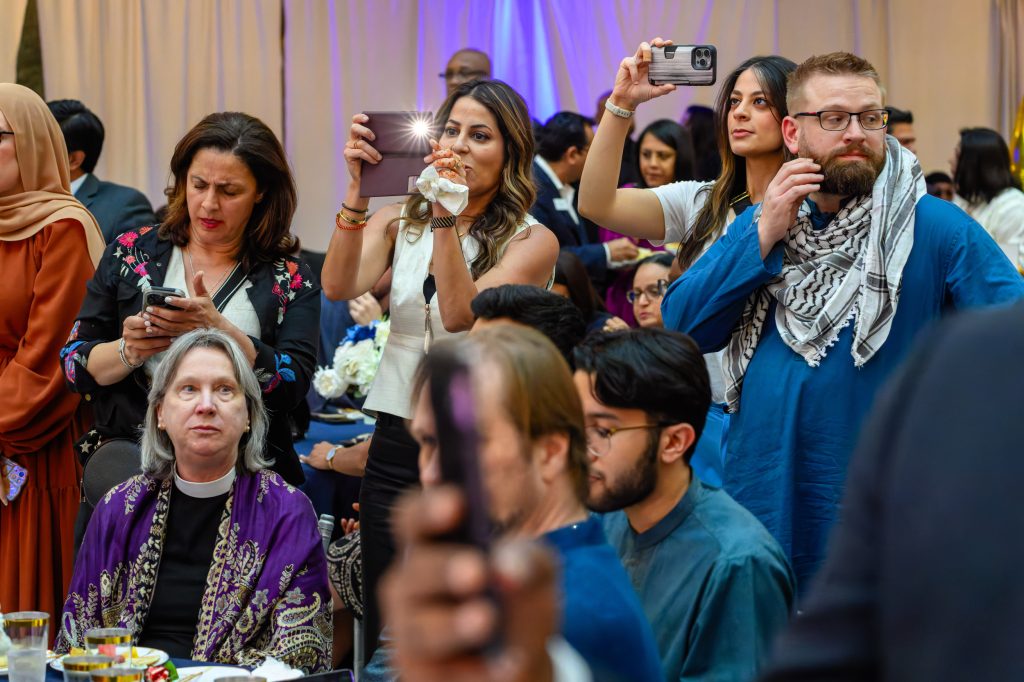
4. Determine the Importance of Candid Shots: If candid shots are essential to capturing the essence and atmosphere of the event, having a second photographer can be invaluable. They can focus on candid moments while the primary photographer handles formal shots and staged portraits.
5. Analyze the Event Program: Review the event program to identify critical moments requiring simultaneous coverage. VIP receptions, keynote speeches, and entertainment performances are examples of segments where having a second photographer can be beneficial.
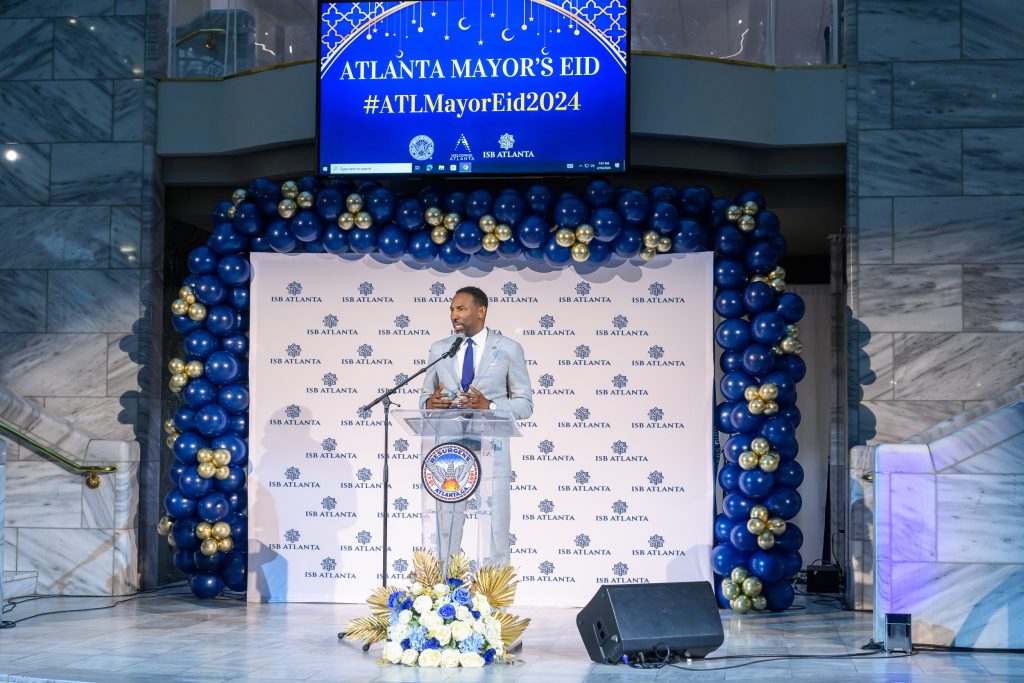
6. Discuss Specific Client Expectations: Every client has unique preferences and expectations regarding event photography. Discussing these expectations beforehand can help determine whether a second photographer is necessary to meet those requirements effectively.
7. Factor in Budget Constraints: Budget constraints must be considered while having a second photographer can enhance coverage. Could you discuss the additional cost with the client and weigh it against the potential benefits to determine the best action?
8. Assess Your Availability and Skillset: As the primary photographer, assess your availability and skillset. If you’re interested in capturing all aspects of the event single-handedly without compromising quality, a second photographer may not be necessary.
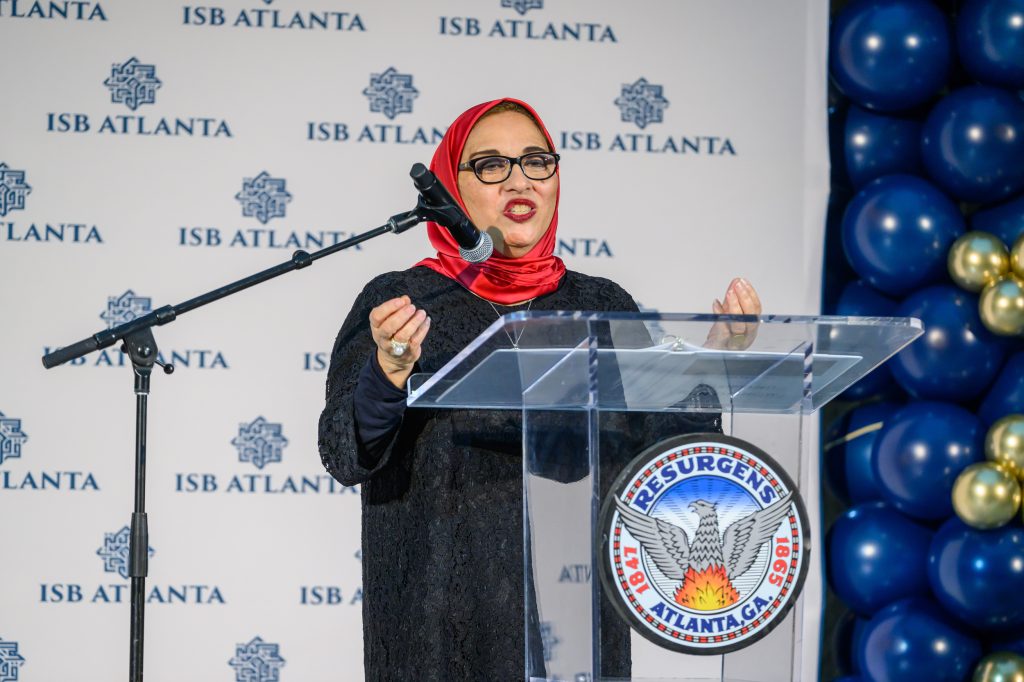
9. Consider Backup and Contingency Plans: Lastly, consider backup and contingency plans in case of unforeseen circumstances such as equipment failure or emergencies. A second photographer can provide peace of mind, knowing they are in place if needed.
10. Hire the Primary Photographer First: One crucial aspect to consider is the hiring process itself. Clients should prioritize hiring the primary photographer based on their expertise, style, and portfolio. The primary photographer plays a pivotal role in setting the tone and direction for the event photography.
Why the Primary Photographer Should Hire Second Shooters: The primary photographer is intimately familiar with the client’s vision, preferences, and the event’s specific requirements. The primary photographer ensures team cohesion in style, approach, and quality by personally selecting and hiring second shooters.
Maintaining Consistency: When the primary photographer hires second shooters, they can ensure consistency in the final deliverables. They can brief the second shooters on the client’s expectations, preferred shooting techniques, and specific shots to capture, thereby maintaining a cohesive visual narrative throughout the event.
Streamlining Communication: Hiring second shooters directly allows for streamlined communication channels between the primary photographer, second shooters, and the client. Any adjustments, changes, or special requests can be communicated efficiently, minimizing potential miscommunications or misunderstandings.
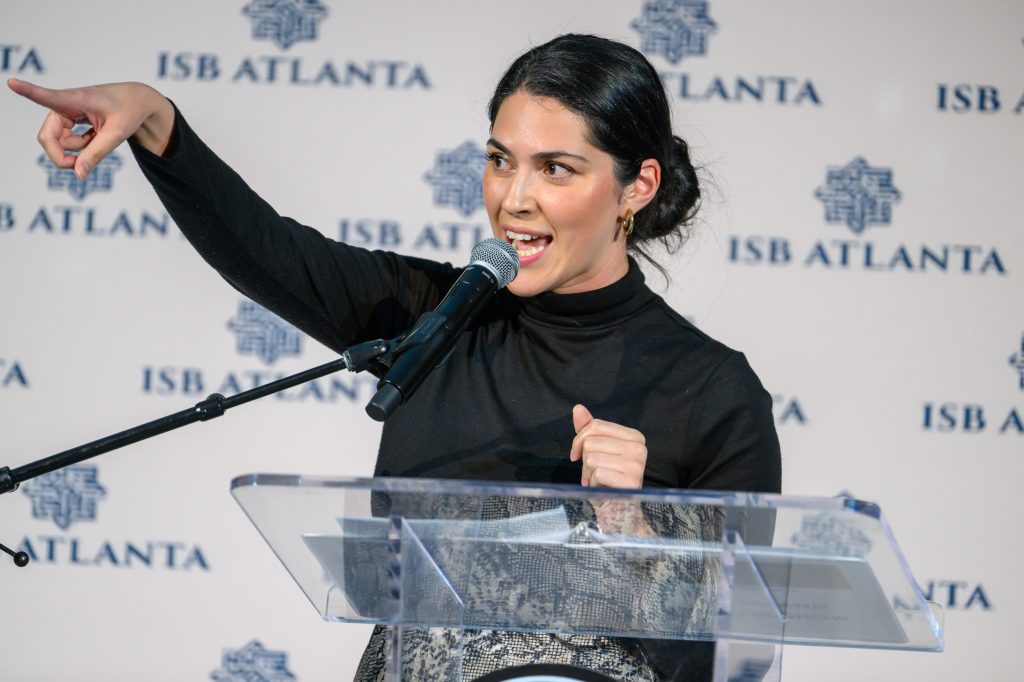
Leveraging Expertise and Experience: The primary photographer is in the best position to assess the skill level, experience, and suitability of potential second shooters based on the event’s demands. They can select second shooters with complementary skills and expertise to ensure comprehensive coverage and high-quality results.
Ensuring Accountability and Responsibility: By hiring second shooters, the primary photographer also assumes accountability for the entire photography team’s performance. They can oversee workplace issues promptly and ensure that every team member upholds professional standards and delivers exceptional results.
Maintaining Creative Control: Hiring second shooters allows the primary photographer to maintain creative control over the entire photography process. They can guide the second shooters in capturing the event in alignment with their artistic vision and the client’s expectations, resulting in a cohesive and visually compelling final product.
Reflecting on the recent event I shot at the Islamic Speakers Bureau & Atlanta Mayor’s EID Reception, I found that a second photographer wasn’t necessary. With a VIP reception preceding the main event and no simultaneous activities, I could cover all aspects effectively.
In summary, clients should prioritize hiring the primary photographer based on their expertise and suitability for the event. The primary photographer, in turn, should be responsible for hiring second shooters to maintain consistency, streamline communication, leverage expertise, ensure accountability, and maintain creative control over the photography process. This collaborative approach ensures that every aspect of the event is captured beautifully and exceeds the client’s expectations.

